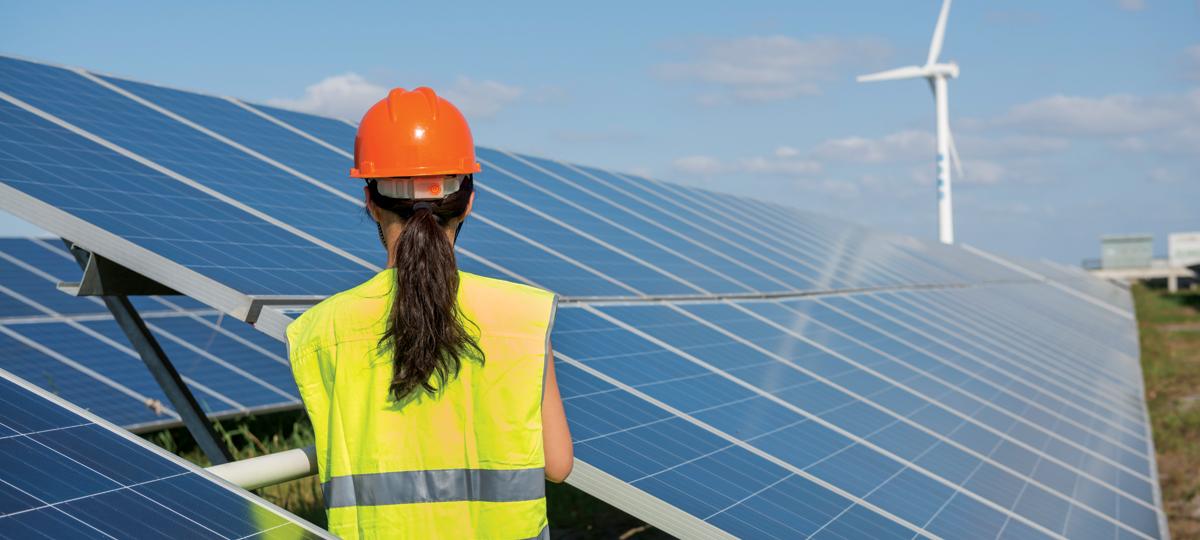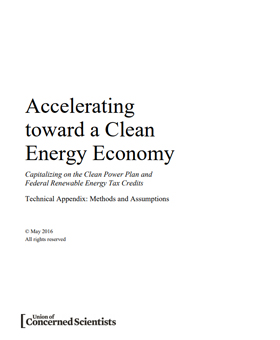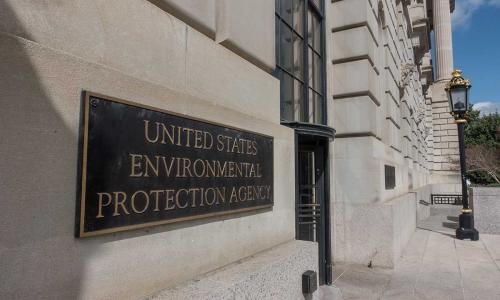
In August 2015, the Clean Power Plan established the first-ever limits on carbon dioxide emissions from power plants—the single largest source of US carbon pollution. In December 2015, Congress extended federal tax credits for wind, solar, and other renewables for the next five years.
Combined, these policies are helping to drive clean energy development, achieve substantial cuts in US global warming emissions, and provide an affordable pathway to acclerate the clean energy transition. What's more, both policies are essential for helping the US achieve its emission reduction commitments under the Paris Climate Agreement.
State and federal policy makers should capitalize on this opportunity to move the country forward toward a low-carbon future.
Key findings
Our analysis found that the Clean Power Plan, along with the recent extension of the Production Tax Credit (PTC) and Investment Tax Credit (ITC) would:
- Reduce typical household electricity costs annually, for an average annual savings of $17 by 2030
- Generate net consumer savings of $30.5 billion through 2030
- Lead to $64 billion in energy efficiency improvements through 2030 to benefit consumers and reduce electricity sales nearly 7 percent
- Yield 204 gigawatts (GW) of new wind and solar capacity by 2030, stimulating more than $216 billion in capital investments
- Provide health and economic benefits worth some $127 billion cumulatively through 2030 by decreasing emissions of carbon dioxide, sulfur dioxide, and nitrogen oxides.

Recommendations for accelerating the clean energy transition
- Strengthen and enact strong state and federal clean energy policies, including renewable electricity standards, energy efficiency resource standards, carbon-pricing programs, and clean energy innovation investments.
- Prioritize renewable energy and energy efficiency in state Clean Power Plan compliance plans.
- Improve grid operations and resource planning.
- Adopt new and stronger policies to reduce economy-wide climate emissions.
Note on the analysis: This is an update of our previous national Clean Power Plan analysis, The Clean Power Plan Opportunity, which did not include the effects of the recently adopted extension of federal tax credits for wind and solar.





